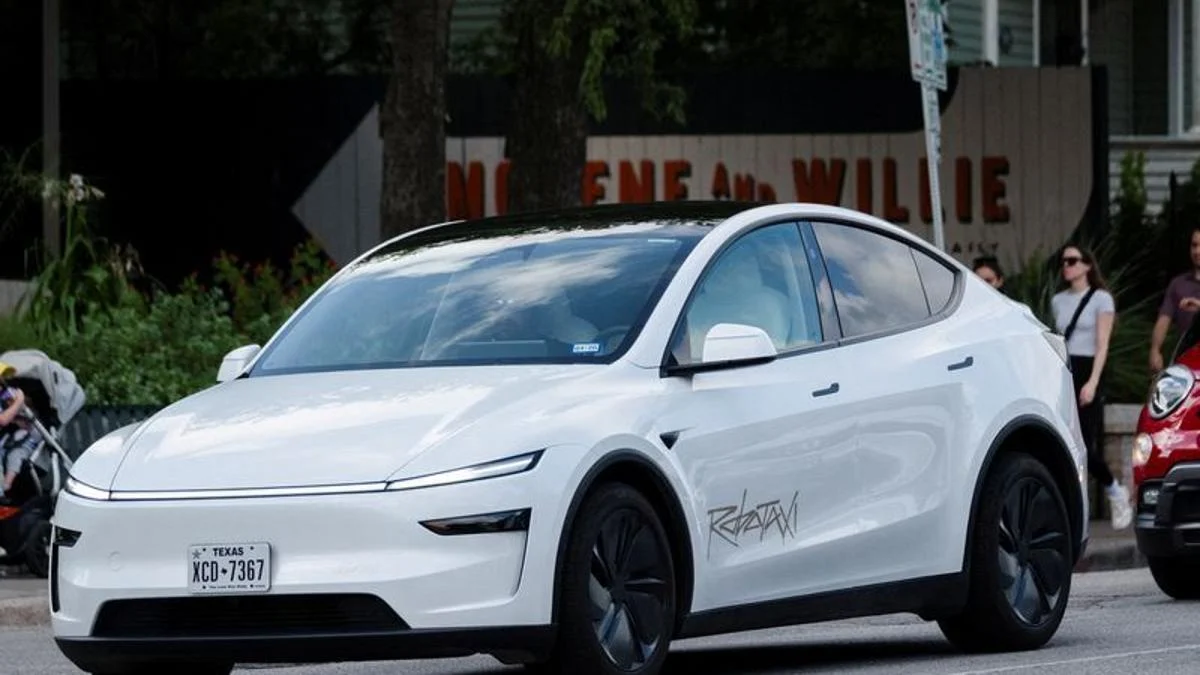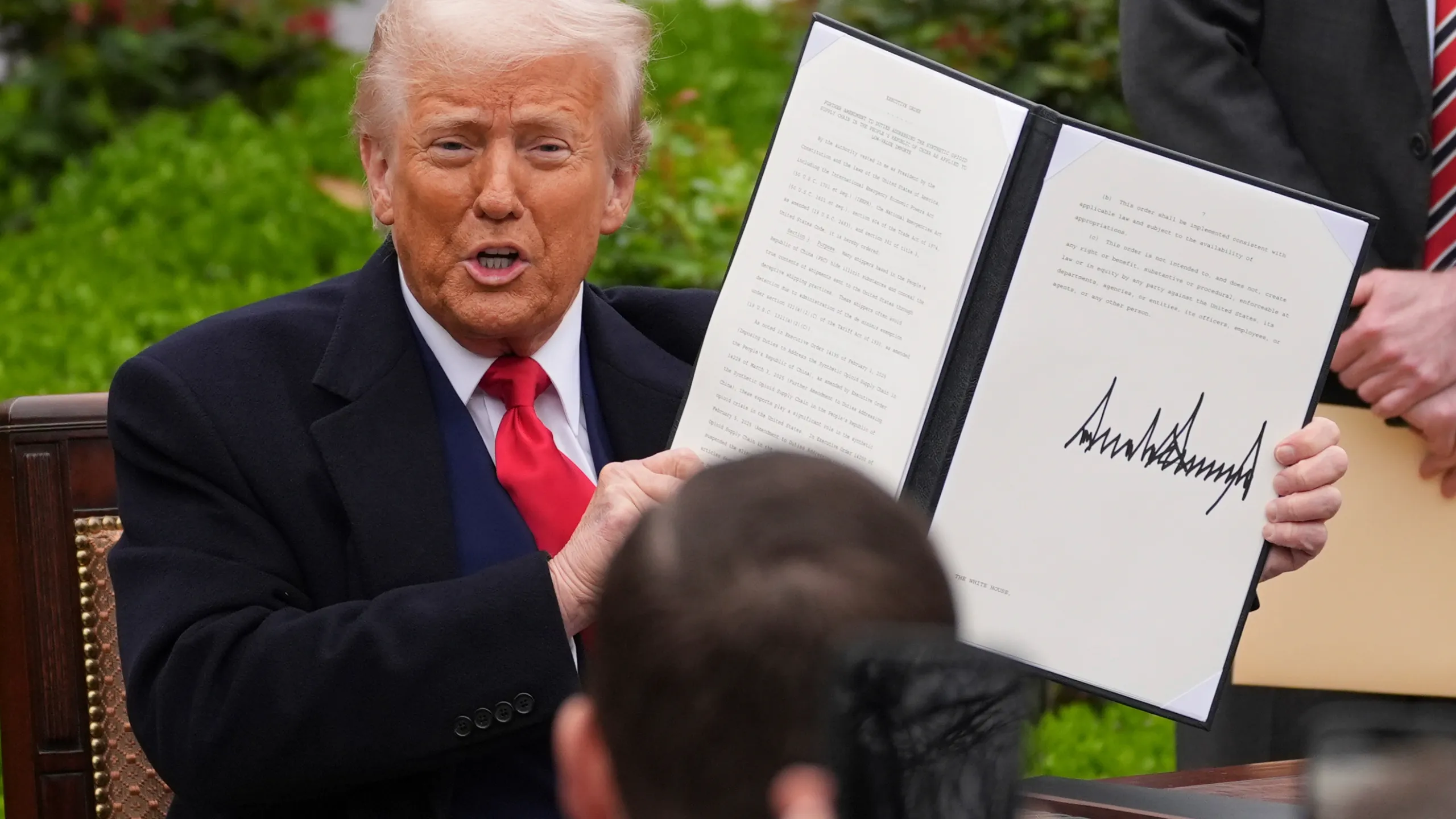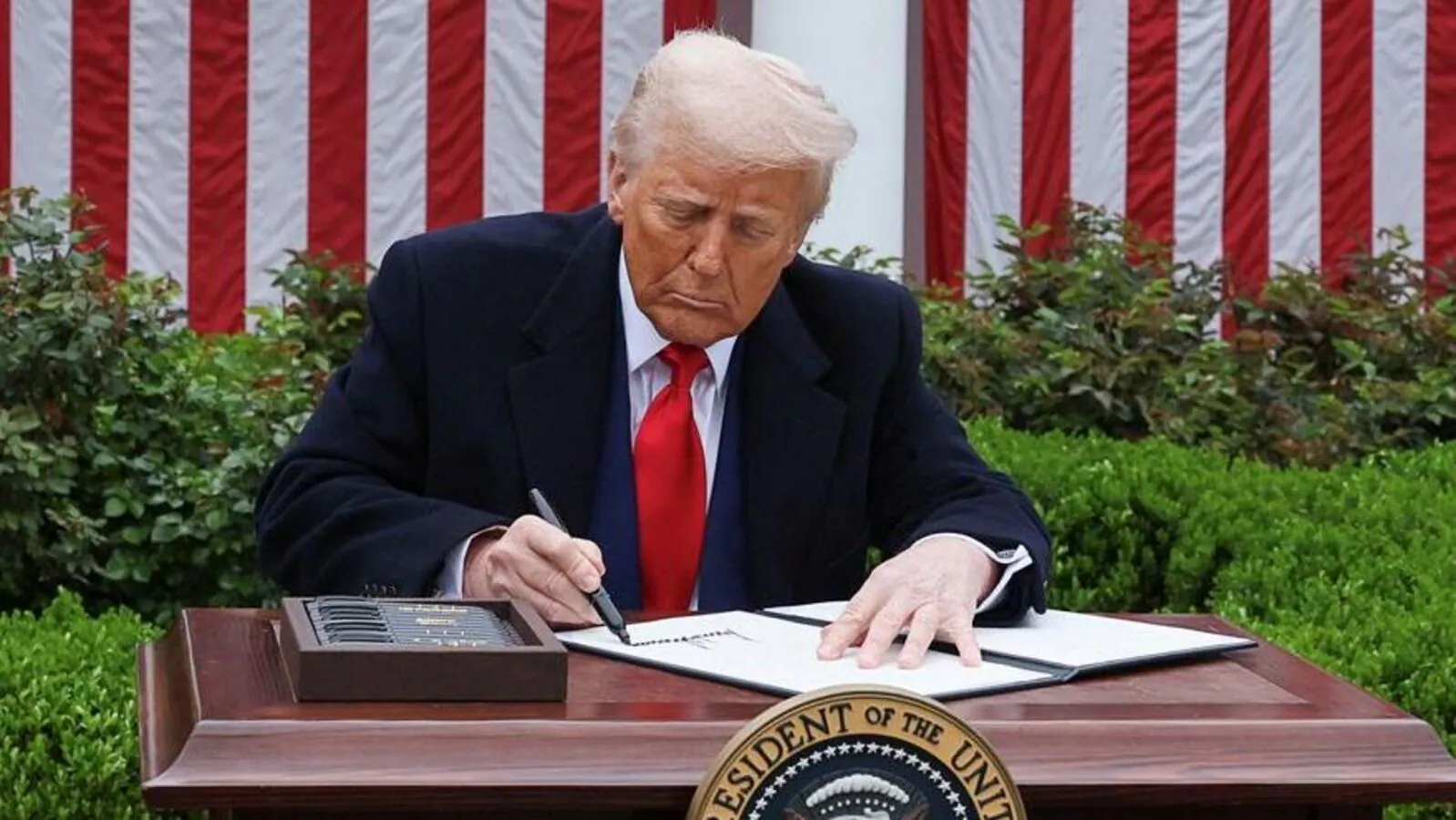
The automotive industry is on the cusp of a revolutionary change, and Tesla, one of the most influential players in the electric vehicle (EV) market, is leading the charge. According to recent reports by Business Insider and U.S. News & World Report, Tesla is poised to deploy autonomous Robotaxis in the bustling city of San Francisco starting this weekend.
Details of the Upcoming Launch
What to Expect
The upcoming launch marks a significant milestone in Tesla’s journey to create a fully autonomous transportation network. Tesla’s Robotaxis are designed to operate without a human driver, utilizing advanced AI and sensor technology to navigate urban streets safely and efficiently. This ambitious initiative aims to reduce traffic congestion, improve transportation accessibility, and lower the cost of travel within the city.
Why San Francisco?
San Francisco has long been a test bed for innovative transportation solutions owing to its dense urban environment, progressive tech ecosystem, and progressive regulatory landscape. Tesla’s decision to unveil their Robotaxis here underscores the city’s role as a hub for technological advancement. The complex cityscape presents both challenges and opportunities for autonomous vehicles, providing Tesla with critical data to refine their systems.
The Technology Behind Tesla’s Robotaxis
Cutting-Edge Autonomy and AI
At the core of Tesla’s Robotaxis is their next-generation Full Self-Driving (FSD) technology, equipped with an array of cameras, radar, ultrasonic sensors, and powerful onboard AI processors. Tesla’s neural networks analyze vast amounts of real-time data to make split-second decisions, replicating human driving intuition while maintaining safety and efficiency.
Vehicle Design and Features
- Custom AI Chipsets: High-powered processors designed to handle complex navigation tasks.
- Sensor Suite: Cameras and sensors give the vehicle 360-degree awareness.
- Passenger Comfort: Spacious interiors equipped with modern amenities for passenger convenience.
- Energy Efficiency: Optimized power management to extend range and reduce operational costs.
Regulatory and Safety Considerations
Launching autonomous vehicles on city streets involves navigating complex regulatory frameworks and ensuring passenger safety. Tesla has engaged with local authorities and regulators to meet stringent safety standards. The deployment will initially be in controlled environments with active monitoring, gradually expanding as the technology proves reliable.
Safety Protocols
- Continuous data collection and machine learning improvements.
- Real-time remote monitoring by Tesla’s safety teams.
- Redundant systems to prevent failures and ensure passenger safety.
- Clear passenger instructions and emergency procedures.
Implications for the Future of Transportation
The successful deployment of Tesla’s Robotaxis could reshape urban mobility paradigms in several ways:
Economic Impact
- Reduced Costs: Lower transportation fares due to automation.
- New Business Models: Subscription-based ride services and dynamic pricing models.
- Job Market Shifts: Potential displacement of traditional taxi and ride-hailing jobs, alongside new opportunities in tech-driven transportation sectors.
Environmental Benefits
- Electrification reduces vehicle emissions.
- Optimized routing minimizes energy consumption.
- Potential to decrease traffic congestion and related pollution.
Urban Infrastructure and Planning
As autonomous taxis become prevalent, cities might adapt their infrastructure, adding dedicated lanes and advanced signage. Tesla’s Robotaxis could also promote smarter city planning, reducing the need for private vehicle ownership and parking spaces.
Challenges and Criticisms
Despite the promising outlook, Tesla’s Robotaxis face several hurdles, including technical limitations, regulatory hurdles, and public acceptance issues. Critics have raised concerns about the system’s ability to handle unpredictable urban scenarios and the cybersecurity risks associated with connected autonomous vehicles.
Technical Challenges
- Handling complex traffic situations.
- Ensuring complete safety in all weather and lighting conditions.
- Maintaining high system uptime and reliability.
Public Perception and Trust
Building consumer trust in fully autonomous vehicles remains a significant challenge. Tesla will need to demonstrate consistent safety and reliability before widespread acceptance can be achieved.
Conclusion: A Step Towards the Future
Tesla’s upcoming launch of Robotaxis in San Francisco is a groundbreaking development that could revolutionize how we think about urban transportation. While challenges remain, the potential benefits — including safer, cheaper, and cleaner travel — make this initiative a landmark milestone. As technology evolves and regulatory frameworks adapt, autonomous ride-hailing services could soon become a common sight on our streets, transforming cities worldwide.
Stay tuned to this exciting journey as Tesla continues to push the boundaries of innovation in autonomous mobility.
For more updated news please keep visiting Prime News World.








